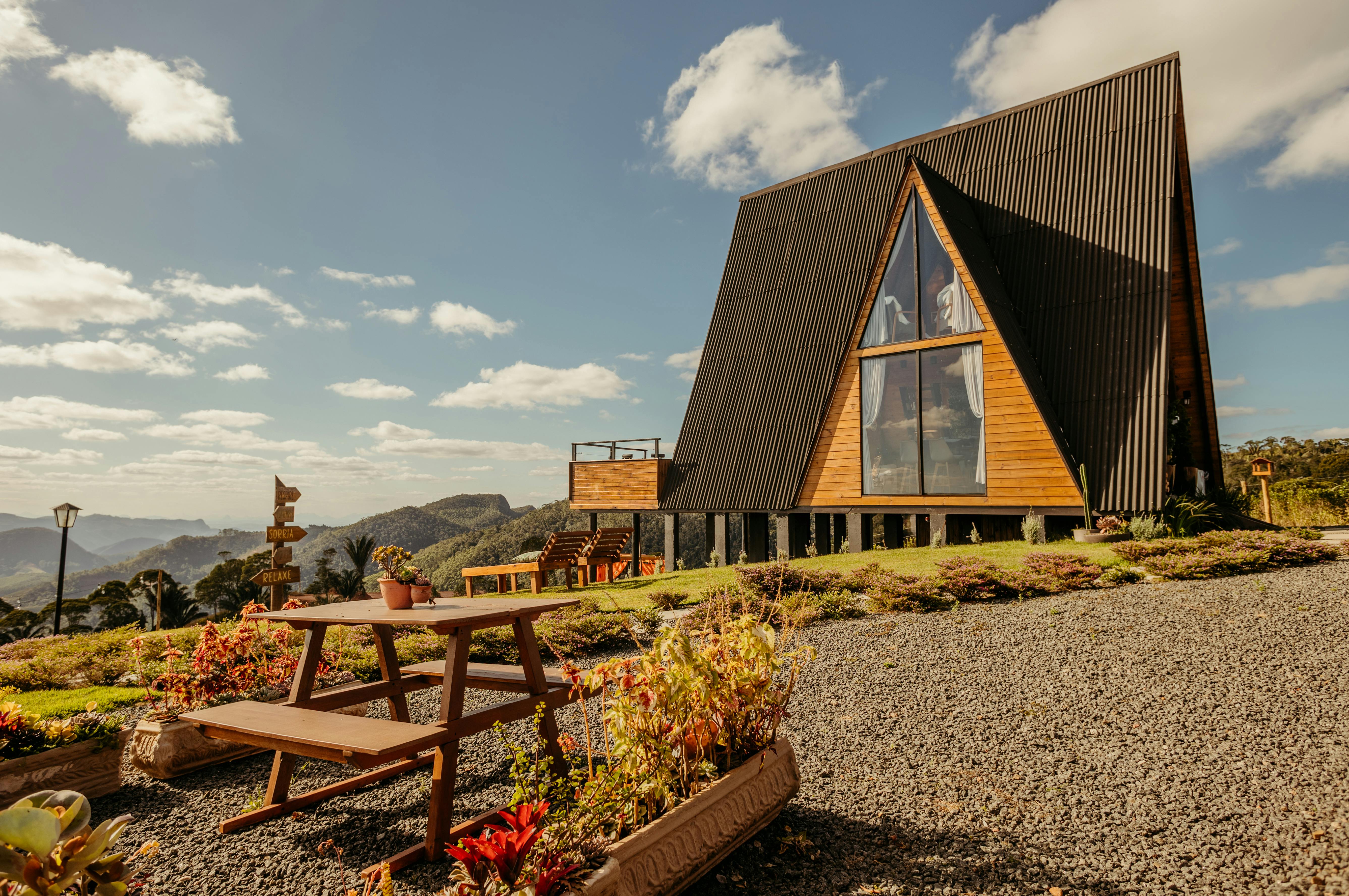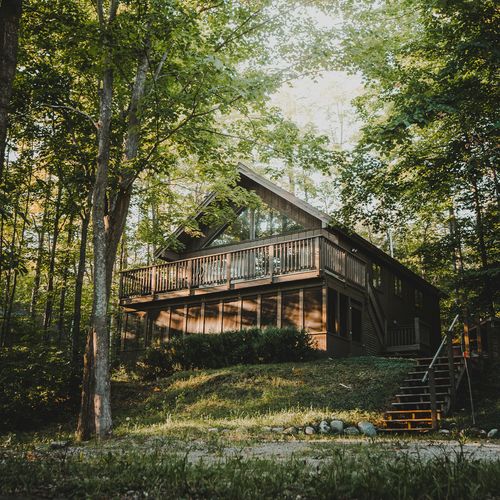Thinking about upgrading your vacation rental or scaling your real estate portfolio without paying taxes upfront? The 1031 Exchange could be your smartest move yet.
In this post, we break down how investors in the Smoky Mountains and beyond can use this powerful tool to defer capital gains taxes—and grow their wealth through smart, strategic reinvestment.
📘 What Is a 1031 Exchange?
A 1031 Exchange, named after Section 1031 of the IRS tax code, allows real estate investors to sell one investment property and buy another—without immediately paying capital gains taxes on the profit from the sale.
This means more of your money stays in play, compounding your real estate portfolio over time.
🏔️ Can You Use a 1031 Exchange for Vacation Homes?
Yes—but with some key conditions.
Vacation homes can qualify for a 1031 Exchange if they are held for investment or business purposes, not just for personal use.
✅ That means if your Smoky Mountain cabin is rented out regularly on Airbnb, VRBO, or similar platforms—and you treat it as an income-producing property—you may qualify.
📋 IRS Requirements for a 1031 Exchange with a Vacation Home
The IRS provides specific rules for vacation home exchanges to avoid abuse of the tax benefit. Here’s what you need to know:
For the old (relinquished) property:
You must have owned it for at least 24 months before the exchange.
You must have rented it out for at least 14 days per year.
Your personal use must be limited to no more than 14 days per year, or 10% of the number of days it was rented—whichever is greater.
For the new (replacement) property:
You must follow the same rules for the next two years after purchase.
It must also be an income-producing property, not a second home you keep for exclusive personal use.
🧮 Example: How a 1031 Exchange Works
Let’s say you bought a cabin in Gatlinburg for $300,000 five years ago and just sold it for $500,000.
Without a 1031 Exchange, you’d pay capital gains tax on the $200,000 profit.
With a 1031 Exchange, you can reinvest the full $500,000 into a larger or better-located vacation rental—perhaps one with a mountain view, hot tub, and game room—and defer taxes entirely.
✔️ You now have a more valuable income stream, better appreciation potential, and zero tax paid (for now).
⏱ Key Deadlines You Must Follow
Timing is everything in a 1031 Exchange. Here are the IRS rules:
45-Day Rule: You have 45 days after selling your original property to identify potential replacements (in writing).
180-Day Rule: You have 180 days to close on the replacement property.
💡 Pro tip: Work with a qualified intermediary (QI)—you can’t touch the funds directly during this process.
❌ Common Mistakes to Avoid
Trying to use a 1031 Exchange on a pure second home with no rental history
Missing the 45- or 180-day deadlines
Forgetting to report the exchange properly on IRS Form 8824
Failing to match debt levels or reinvest the full proceeds, which could lead to partial tax
💼 Should You Use a 1031 Exchange?
You might consider a 1031 Exchange if you:
Want to upgrade to a more profitable or low-maintenance rental
Are relocating your investments to a higher-demand area
Are planning for retirement income or generational wealth
It’s one of the most powerful tools in real estate investing—especially in regions like Tennessee, where the vacation rental market is booming and property values are on the rise.
🏁 Final Thoughts
The 1031 Exchange is your ticket to tax-deferred growth and smarter reinvestment—but only if you follow the rules closely. If you're thinking about selling your Smoky Mountain vacation home, this strategy could help you level up your portfolio while keeping more money working for you.
💬 Thinking about selling or trading up your vacation rental?
Let’s talk through your options and see if a 1031 Exchange makes sense for your goals. Leave a comment below or get in touch for a custom strategy session.
🏡
Partners Realty Group
(865) 789 – 6677
"Grow your wealth—one cabin at a time."


